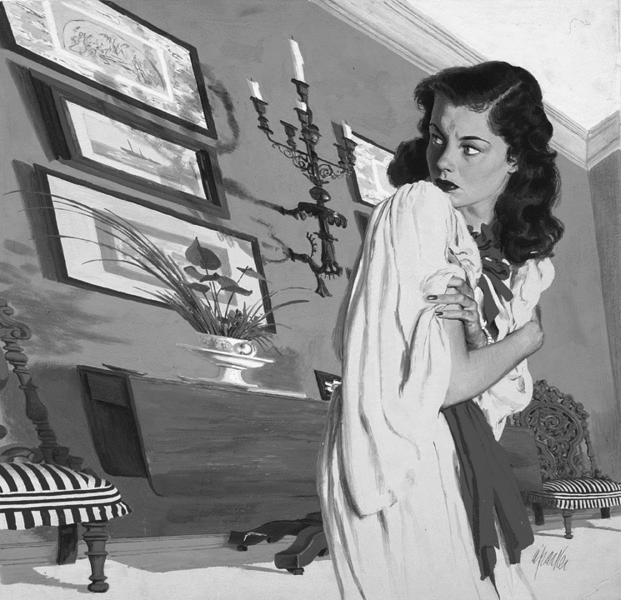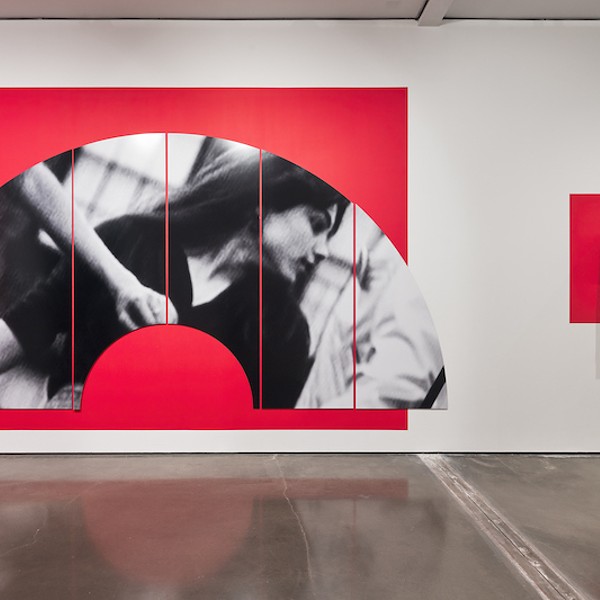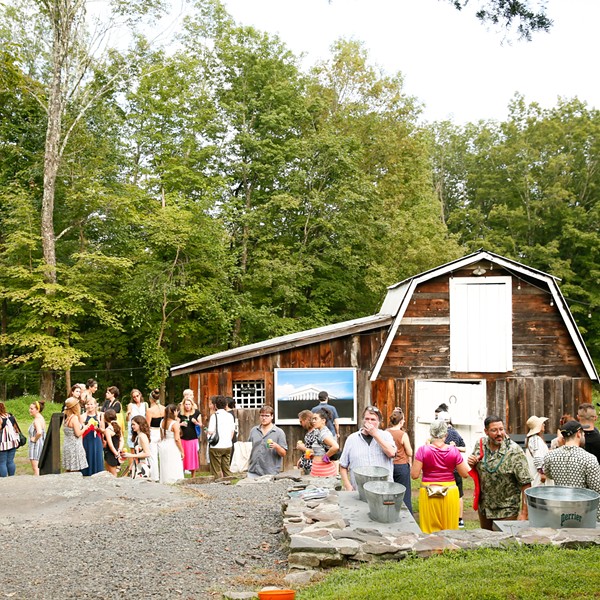
In the decades following World War II, middle-class women aspired to an ideal of glamour and femininity that permeated popular culture. Al Parker, an illustrator for Cosmopolitan, Ladies Home Journal, and other top women’s magazines, was among the artists who helped create this culture of aesthetic perfection.
Parker was part of a generation of commercial illustrators who prospered by working for mass-market weeklies and monthlies. This generation was led, of course, by Norman Rockwell, so it is fitting that the first-ever examination of the art and influence of Parker be mounted by the Norman Rockwell Museum in Stockbridge. “Ephemeral Beauty: Al Parker and the American Women’s Magazine 1940-1960,” casts new light on an artist who was a celebrity in his era, but has now fallen into obscurity.
The popular magazines of the 1940s and ’50s served, as Parker put it, “their most important reader: the young housewife and mother.” The press helped create and feed an evolving appetite for romance, independence, and domestic bliss among this group. “The need was met,” Parker once noted, “by depicting an idealized world peopled with handsome men and gorgeous women.”
Parker himself lived in this ideal world, in Westport, Connecticut, close to Manhattan and surrounded by other noted illustrators. Born in St. Louis in 1906, he was a riverboat musician as a teenager, and played saxophone, clarinet, and drums to pay for art school. He moved to New York in 1936, and four years later to the Connecticut suburbs. He was in the right place to observe the shift in American lifestyle after 1945, as suburbs mushroomed, creating new priorities and values that were then reflected in the media.
Parker was sought after for his ability to appeal to both the traditional and modern impulses of the post-war, suburban woman. The women in his illustrations lounge in slacks and dine in furs, they run homes and inhabit offices, they are cheeky, saucy, fiery and calculating on one hand, and demure, devoted, rapt, and wholesome on the other. How much of Parker’s style was realistic, depicting the social climate of the time in which he worked, and how much was the perpetuation of female stereotypes, is a tantalizing question left unresolved by the exhibit. Was Parker a puppet of the zeitgeist, or a puppet-master? Looking at the magazine covers and editorial spreads in the show, one is always reminded that Parker was illustrating for writers who were writing for readers who were buying what the writers were writing.
The quintessential Parker woman is always glamorous, always poised, always white, usually blonde. Some lie in submissive positions while a man (equally beautiful) desperately fixates on her. Others ice skate, swim, or ski with their daughters, perfectly synchronized in outfit and pose. The pictures are often silly or worse, but a closer look at Parker’s art reveals something deeper in many of his illustrated women. Their facial expressions portray an aloof strength. They’re in control of the men who court them, cajole them, swoon over them. Their beauty is deeper than their outward appearance, with a strength more enduring than any stereotype.
“Ephemeral Beauty” continues at the Norman Rockwell Museum through October 28. (413) 298-4100; www.nrm.org.
















